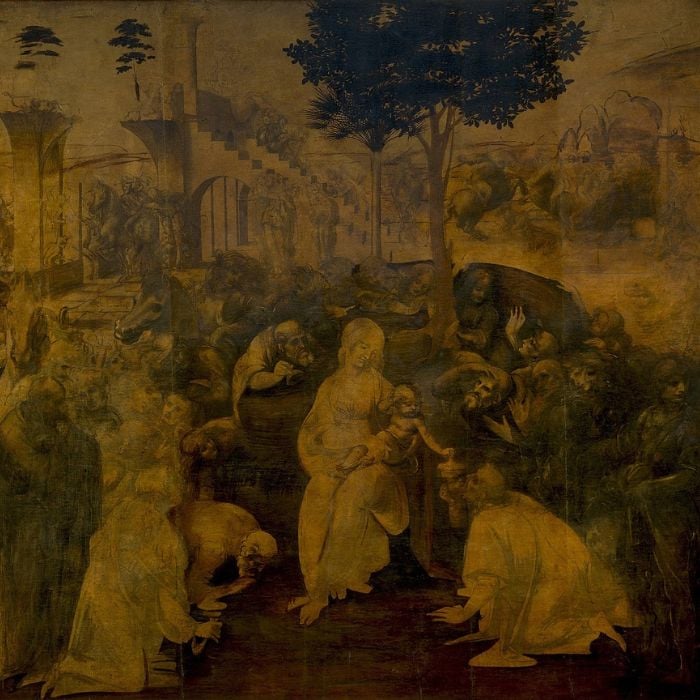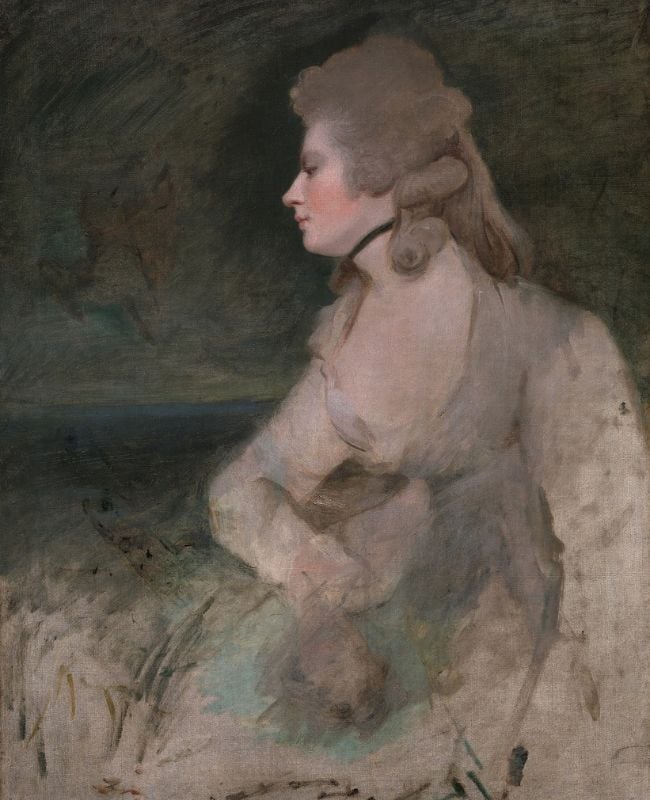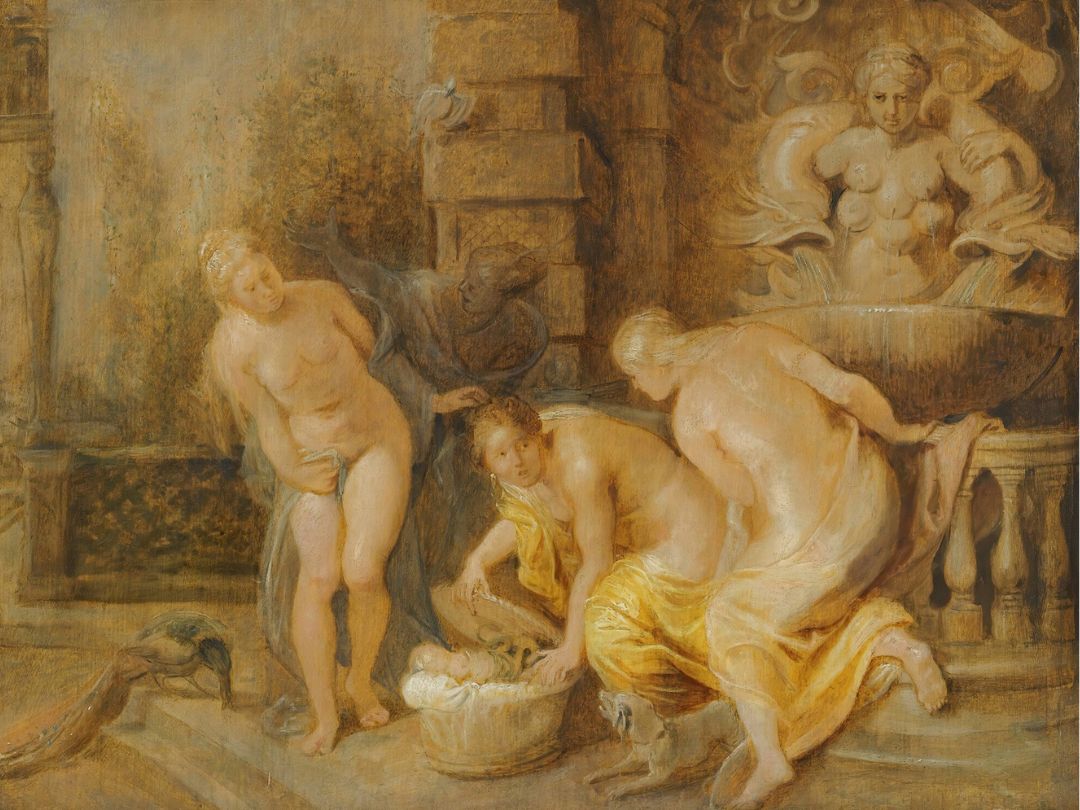Have you ever encountered the term “underpainting” and wondered about its significance? Whether it’s an essential technique for every painting to incorporate? And how does it impact the final outcome?
In this article, we’ll explore all of these questions and more. By the end, you’ll have a clear understanding of what an underpainting is and what the best approach is for you to use when creating your own. Let’s delve in, by first uncovering what this method is and why it’s relevant!
What is an underpainting?
First off, let’s define what an underpainting is. An underpainting is a layer of paint applied to a canvas or other support before a more advanced layer is added. There are different types of underpainting techniques, but the most common is a monochromatic layer that establishes the composition, values, and shadows of the painting. Basically, it is a roadmap for the artist to follow as they build up layers and colors in the final work.

Why an underpainting is important
Now, you might be wondering why bother with an underpainting when you can just start painting on a blank canvas? There are a few reasons. Firstly, they help to establish a strong composition and values – the foundation of any successful artwork. By having a roadmap to follow, you can make more informed decisions about where to place color and detail. Secondly, it can save time and effort in the long run. With a solid underpainting, subsequent layers of paint can be applied more quickly and easily because the groundwork has been laid. Finally, an underpainting can create a sense of depth and luminosity in the final work.

An underpainting is more than just an imprimatura. In fact, it is what you apply to your painting surface right after making an imprimatura. When you do an underpainting, it is very important to have a colored neutral ground to work on. You need to break the bright white of the canvas so that you can mix accurate values and colors.
The different types of underpaintings
There is more than one way to make an underpainting. Depending on what kind of painting you are working on, you may choose to do one over the other. It is helpful to have a familiarity and understanding of the different ways to create one though, as it will only help to broaden your skills and abilities as an artist.
Monochromatic
A monochromatic underpainting is the simplest and most accessible. This is also a great method to use if you are struggling with creating clear values in your painting as you use a single color. It allows you to work through the values in your composition without the complexities of color.

For a monochromatic underpainting it is best to use neutral earth tone colors. I recommend to stay clear of colors that are very bright and saturated. This will affect the layers that you place on top of your painting too much. For example, you could use yellow ochre, burnt or raw umber.
Ébauche
An Ébauche underpainting is a little bit more involved than a monochromatic underpainting – however it is equally as important and useful. This type of underpainting uses more color than a monochromatic does. Though, you still significantly limit your use of color in an ébauche than in the regular stages of a painting.

An ébauche underpainting consists of a thin layer of paint and color which you can then build on top of with more color. This type of underpainting can be especially useful if you are doing a more complicated painting such as a portrait. This is a common method used in the indirect painting method where you work in many layers.

Tips for creating your own
Experiment with both ébauche and monochromatic underpaintings in your own work. Though, you might find one more useful than the other depending on how or what you are painting. If you do a quick, one session alla prima painting, then the monochromatic underpainting would be the best and most useful method.

However, if you are wanting to do an extended multi session painting with many layers. Then it wouldn’t be a bad idea to do an ébauche underpainting. Ébauche, needs time to dry before starting your second layer, so it is great for multi session paintings.

Both monochromatic and ébauche methods are indispensable tools that one should employ. As they help to establish the composition, values, and shadows of a painting, while also adding depth and luminosity to the final work.
When to use an underpainting
You can of course make a good painting without an underpainting, and simply start painting on top of your imprimatura and painting sketch. Personally, I do this quite often.
However, you will find yourself in situations where an underpainting is incredibly useful. So, it is only to your advantage to understand both of these different types, and use them when they can help you in your own painting process!






12 thoughts on “The Importance of an Underpainting and How to Create Your Own”
Very informative
Thank you Steve, Glad to hear that.
Oh, Elisabeth! What a joy to begin my day reading this artistic history & seeing these pieces of art.
This newbie seemed to be drawn to “thin layers”! Hlsd to know it is a very helpful technique.
Hi Patricia! So wonderful! Am happy this reading could be part of beginning your day!
Oh I loved reading this as a refresher. As an acrylic artist who loves colour, I find that working with an underpainting helps bring luminosity & warmth into my work with the choice of colours and I couldn’t agree more about helping with value and contrasts too. I get ‘braver’ with my contrasts where I have an underpainting!
Absolutely!
Does doing an underpainting apply to watercolor, also? If so do the same process apply?
Hi Linda, very good question! The process is a little bit different for watercolor as the white of the page is very important. So, with watercolors you would forgo making an imprimatura and just create a light tonal wash in the areas where you have your darks – then leave the light areas untouched. You will then be able to layer over this. It is a great way to make your values very clear from the start.
Elisabeth,
Is underpainting an important step for watercolor as well as oil and acrylic? If so, do the same underpainting rules apply to watercolor?
Hi Sharon, good question. An underpainting does not apply in the exact same way for watercolor as it does for oil and acrylic paints – however there are similarities. As the white of the page is very important for watercolor painting you would forgo an imprimatura. However, with watercolors you can create a light underpainting sketch that will be layered over. This is a good way to also make your values clear in your painting.
Excellent article! Very informative, clear and useful! Thank you!
You are so welcome Jeanette, glad this is helpful!